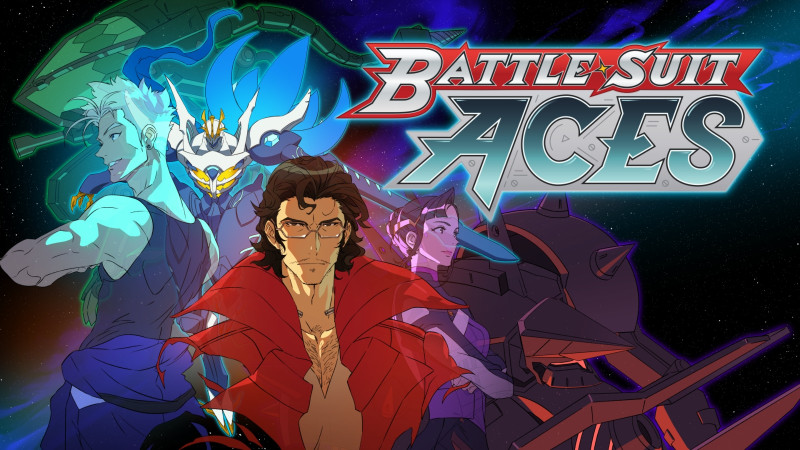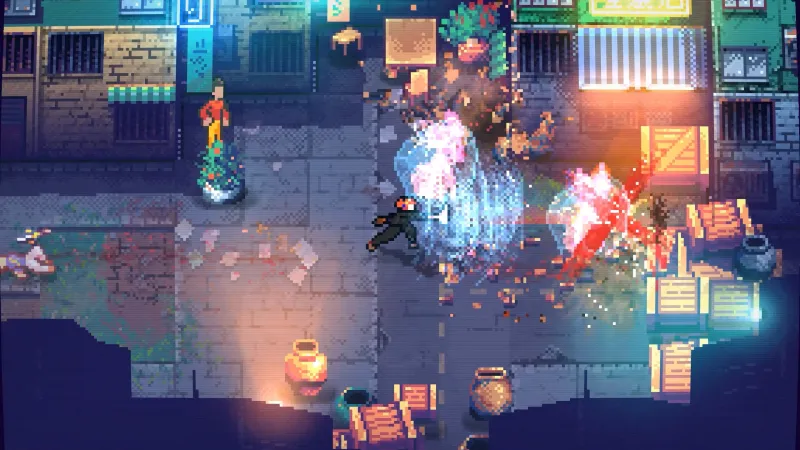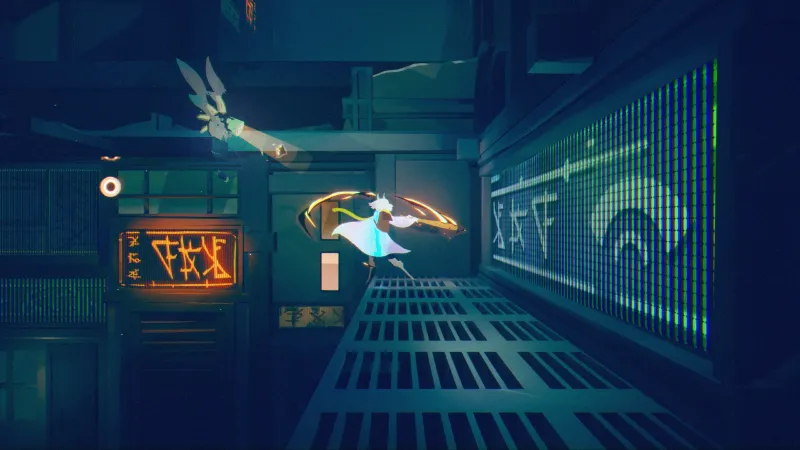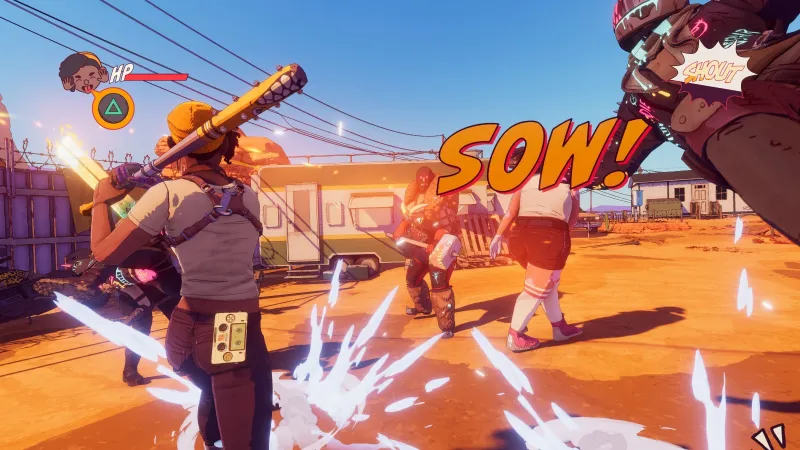Both the hero shooter genre and mainstream Marvel media are currently in interesting places. Overwatch, the most prominent hero shooter of last decade, has experienced a sharp downtown since the late 2019 announcement of its sequel, while the Marvel Cinematic Universe, once a surefire cash cow, has seen a wider range of results since its 2019 culmination with Avengers: Endgame. Marvel Rivals exists at the intersection of these two categories, and my hands-on session gave me hope that it will be able to capture the magic of both of these genre’s glory days.
When Marvel Rivals was announced in March of this year, I told friends who are more casual about the hobby that it’s “Overwatch, but Marvel.” After playing it, I was surprised at how true that statement rang. Albeit, it’s not a one-to-one comparison; Marvel Rivals is a tad slower, and the third-person nature immediately differentiates the game, but the flow and level design are immediately reminiscent of Blizzard’s well-known hero shooter.
“The hero shooter genre is relatively new and has a lot of fans that enjoy that kind of gameplay, that core experience of the team battle,” game director Thaddeus Sasser says. “I think the most important thing is really nailing that core experience. I mentioned team fights – the idea of two teams coming together, clashing over an objective – that’s really core to the experience of Marvel Rivals. And so, we were really leaning into the powers, the team-ups, the ultimate, and all of that. Knowing what kind of game you’re delivering with that core experience and giving players different ways to have that core experience is one of the things we want to focus on.”
I had a chance to sample several characters during my play session. I enjoyed soaring around as Iron Man and wiping out enemies with his Unibeam and missiles, blasting my opponents with Rocket Raccoon’s various weapons, setting up walls and defenses as Groot, and utilizing Storm’s various weather-based attacks and team buffs. However, Spider-Man was the character I had the most fun and success with. Using his various web powers, like web-shooters that operate on a cooldown and the ability to pull enemies to him, I was able to take down several enemies on the battlefield. Meanwhile, his acrobatic moves let me zip around the map as one of the most mobile characters in the game. Not only that, but I love his Ultimate, which webs up characters in the vicinity.
As you play matches within the iconic locations of the Marvel Universe, characters drop lines to nod to iconic events within Marvel’s history. As Magneto fired metal bits at the opposing team, he remarked how he would not allow the same fate that befell Genosha to happen here. Little touches like that really add to the authenticity of the experience, but I hope they won’t come across as too heavy-handed.
“We pull from many genres,” head of production at NetEase Games Paul Ella says. “We pull from the comics themselves, from the MCU – the movies and TV shows. We’re actually pulling all the different threads in the game. There are a lot of easter eggs in this game that you hear and go, ‘Oh yeah, that connects me to the bigger Marvel Universe.”
I didn’t get a chance to experience it, but certain characters also have team-up abilities. For example, Magneto and Scarlet Witch or Rocket and Groot can pull off special moves if they’re teamed up. With a roster of 19 characters, the team has several interactions available for these moves, particularly regarding lesser-known characters.
“We have a roster that is roughly 70 percent the greatest hits that you know and love, and then we try to throw in some curveballs and then some deep cuts for the Marvel Comics fans out there,” head of Marvel Games Danny Koo says. “The team has done a great job crafting a story around Marvel Rivals. So, newcomers can just start from here. Sometimes, you learn about new characters from our movies or TV series or even games. Hopefully, we get to bring in newcomers and current Marvel fans to have the dream team.”
If there’s anybody who is predisposed to love this game, it’s me. I spent more than 1,000 hours in Overwatch and am a big fan of Marvel and its associated heroes. In my limited hands-on time, I loved how Marvel Rivals played. However, if the free-to-play game adopts a predatory or exploitative monetization structure, it will squander those positives. Unfortunately, when I ask the team how monetization works, they can only tell me that while they are trying to make it so you pay for cosmetics and not power, they aren’t ready to talk about how monetization works in Marvel Rivals. And since the character screen shows an option to hide heroes you don’t own, I worry about what that could imply. Still, we won’t know for sure until NetEase and Marvel share how characters can join your roster and what they will and won’t charge money for.
Marvel Rivals surpassed my expectations. It truly feels like the successor to Overwatch I’ve been waiting for since I fell off that train. If NetEase and Marvel can figure out a good flow for introducing content without souring its player base, I could see Marvel Rivals being my next daily-play game. Marvel Rivals is announced for PS5, Xbox Series X/S, and PC. While it doesn’t currently have a full-launch release window, it does have a beta test scheduled for late July.












